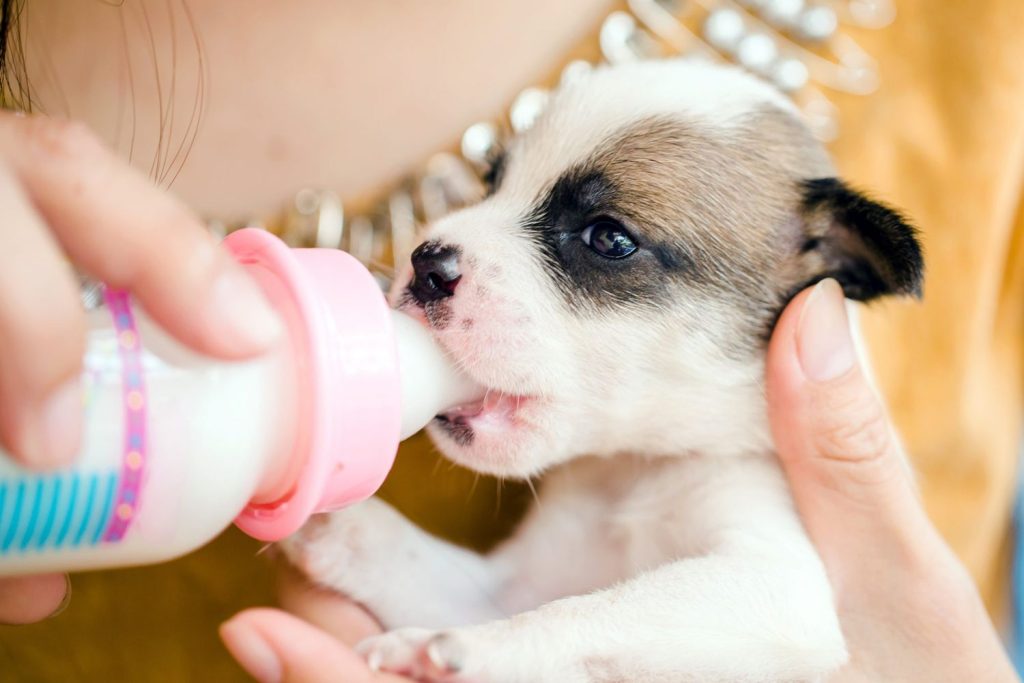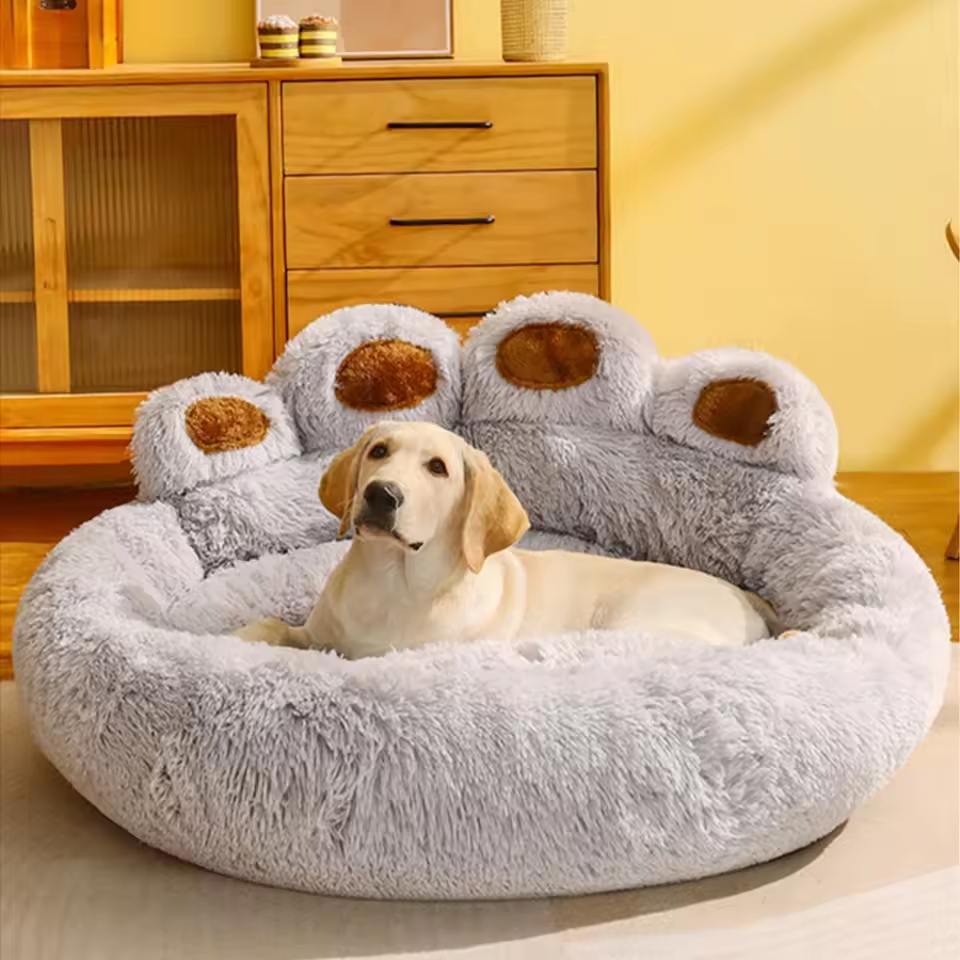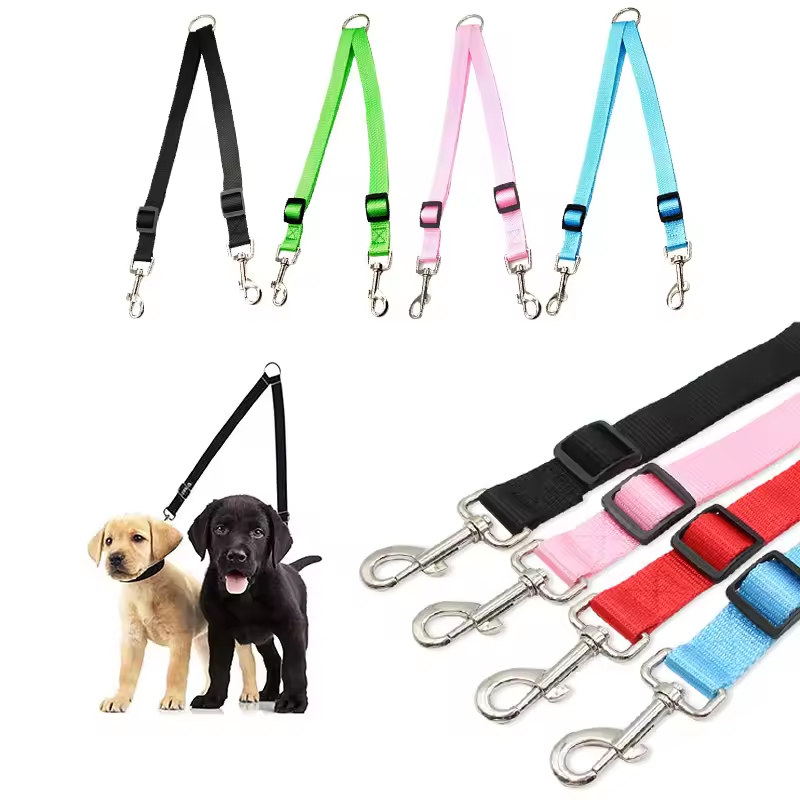Puppy milk replacers and nursing bottles play a vital role in the care and nutrition of orphaned, rejected, or weak newborn puppies. These products serve as a substitute for their mother’s milk, providing essential nutrients and promoting their healthy growth and development. In this comprehensive guide, we will explore the different types of puppy milk replacers and nursing bottles available, their benefits, usage instructions, and tips for successful bottle-feeding.

Part 1: Puppy Milk Replacers
Introduction to Puppy Milk Replacers:
Puppy milk replacers are specially formulated, nutritionally balanced powders or liquids designed to mimic the composition of mother’s milk. They are commonly used when puppies are separated from their mother due to various reasons such as orphanage, illness, or rejection. Puppy milk replacers aim to provide the necessary nutrients, antibodies, and growth factors required for the healthy development of puppies.
Composition and Nutritional Content:
Puppy milk replacers are typically made from a combination of dairy products, fats, carbohydrates, and protein sources. The composition closely resembles that of canine milk to ensure optimal nutrition. Key nutrients found in puppy milk replacers include proteins (essential amino acids), fats (essential fatty acids), carbohydrates, vitamins, and minerals. Some premium milk replacers also incorporate probiotics and prebiotics to support healthy digestion.
Different Types of Puppy Milk Replacers:
a. Powdered Milk Replacers: These are the most common type of puppy milk replacers available in the market. They come in a powdered form that needs to be reconstituted with water before feeding. Powdered milk replacers offer convenience, as they can be stored for longer periods and prepared as needed. They are also more cost-effective than liquid alternatives.
b. Liquid Milk Replacers: Liquid milk replacers are pre-mixed formulas that are ready to use without any additional preparation. They are convenient for immediate use, especially in emergency situations or when travelling. However, they have a shorter shelf life compared to powdered milk replacers.
c. Goat’s Milk Replacers: Some pet owners prefer using goat’s milk replacers due to their similarity in composition to canine milk. Goat’s milk is naturally easier to digest and contains different proteins and fats compared to cow’s milk. However, it is important to ensure that the goat’s milk replacer is specifically formulated for puppies to meet their nutritional requirements.
Selecting the Right Puppy Milk Replacer:
When choosing a puppy milk replacer, it is crucial to consider the specific needs and health condition of the puppies. Factors to consider include the age of the puppies, their breed size, any existing health issues, and the availability of different brands in your location. Consulting a veterinarian is recommended to ensure the selected milk replacer meets the nutritional requirements of the puppies.
Preparation and Storage of Puppy Milk Replacers:
a. Powdered Milk Replacers: To prepare powdered milk replacers, follow the instructions on the packaging. Typically, a ratio of one part powdered replacer to two parts warm water is used. The water should be heated to around 100°F (37°C), as it helps the powder dissolve more easily. Once prepared, the milk replacer should be stored in a clean container and refrigerated. It is important to discard any unused portion after 24 hours.
b. Liquid Milk Replacers: Liquid milk replacers are ready to use and do not require further preparation. However, it is essential to check the expiration date on the product and ensure proper storage as per the manufacturer’s instructions.
Feeding Schedule and Quantities: Feeding orphaned or rejected puppies with milk replacers requires replicating the natural feeding schedule they would have with their mother. Newborn puppies typically require feeding every 2-4 hours, gradually increasing the time between feedings as they grow. The recommended quantity of milk replacer depends on the puppy’s age, size, and weight. It is advisable to seek guidance from a veterinarian to determine the appropriate feeding schedule and quantities for individual puppies.

Part 2: Nursing Bottles for Puppies
Introduction to Nursing Bottles for Puppies:
Nursing bottles are specially designed feeding tools that allow puppies to nurse from a bottle, simulating the experience of suckling from their mother. These bottles feature teats or nipples that closely resemble a mother dog’s nipple, ensuring puppies can latch and feed comfortably.
Types of Nursing Bottles:
a. Traditional Style Bottles: These bottles resemble human baby bottles with a wide base and a long neck. They usually come with a removable cap, nipple, and bottle brush for cleaning. Traditional style bottles offer versatility and can be used for various animals and purposes.
b. Syringe-Style Bottles: Syringe-style bottles consist of a cylindrical body with a plunger mechanism that allows controlled feeding. These bottles are particularly useful for weak or small puppies who may struggle with the sucking reflex. The plunger enables hand-feeding, ensuring adequate milk intake.
c. Mini Bottles: Mini bottles are smaller in size and capacity, making them ideal for feeding newborn or small-breed puppies. They offer better control over the feeding quantity and are easy to hold and use.
Selecting the Right Nursing Bottle:
When selecting a nursing bottle, it is essential to consider the age, size, and health condition of the puppies. Factors to consider include the bottle size, nipple shape and material, and ease of cleaning. It is advisable to choose a bottle that closely resembles a mother dog’s nipple to ensure optimal feeding and prevent any issues with nipple confusion.
Using Nursing Bottles for Puppies:
a. Preparing the Bottle: Before preparing the bottle, it is crucial to sterilize all parts of the bottle and nipple to prevent any bacteria or contamination. Follow the manufacturer’s instructions for sterilizing and cleaning the bottle. Once the bottle is clean, fill it with the prepared milk replacer, leaving some space at the top to prevent overflow. Check the temperature of the milk replacer before feeding to ensure it is not too hot or cold.
b. Feeding the Puppies: Hold the puppy in a comfortable position, supporting their head and neck. Gently insert the nipple into their mouth, and ensure they are latching correctly. Puppies should be allowed to suckle at their own pace, and feeding should be stopped if they show signs of discomfort or fullness.
c. Cleaning the Bottle: After each feeding, the bottle and nipple should be cleaned thoroughly with warm water and a brush. It is recommended to sterilize the bottle once a day to prevent any bacteria buildup.
Tips for Successful Bottle-Feeding: a. Follow the feeding schedule and quantities recommended by the veterinarian. b. Monitor the puppies’ weight and growth to ensure they are getting adequate nutrition. c. Make sure the milk replacer is at the correct temperature and consistency. d. Use a quiet and comfortable feeding area to minimize any distractions or stress. e. Be patient and gentle with the puppies, allowing them to suckle at their own pace.

Puppy milk replacers and nursing bottles play an essential role in ensuring the healthy growth and development of orphaned, rejected, or weak newborn puppies. Choosing the right milk replacer and nursing bottle and following proper feeding and cleaning procedures are crucial for successful bottle-feeding. It is advisable to seek guidance from a veterinarian and monitor the puppies’ growth and health regularly to ensure they are getting optimal nutrition.

